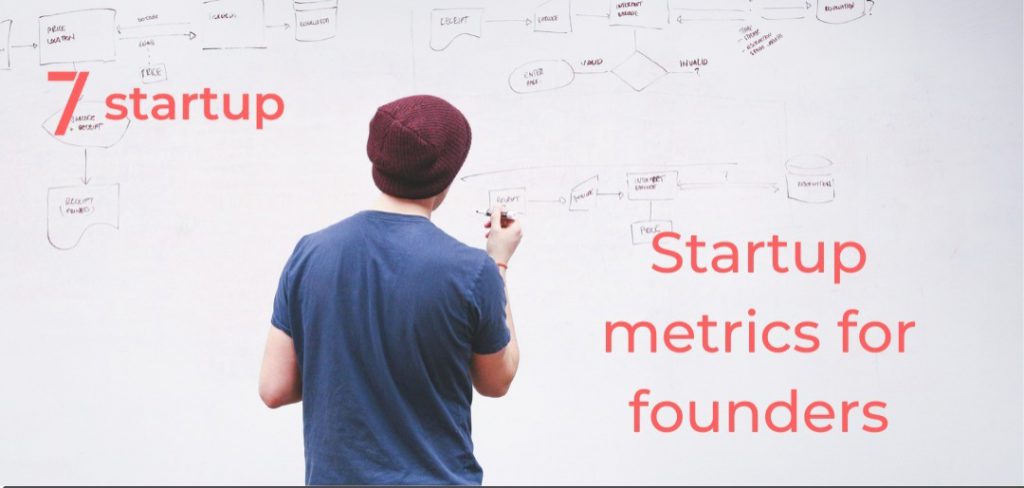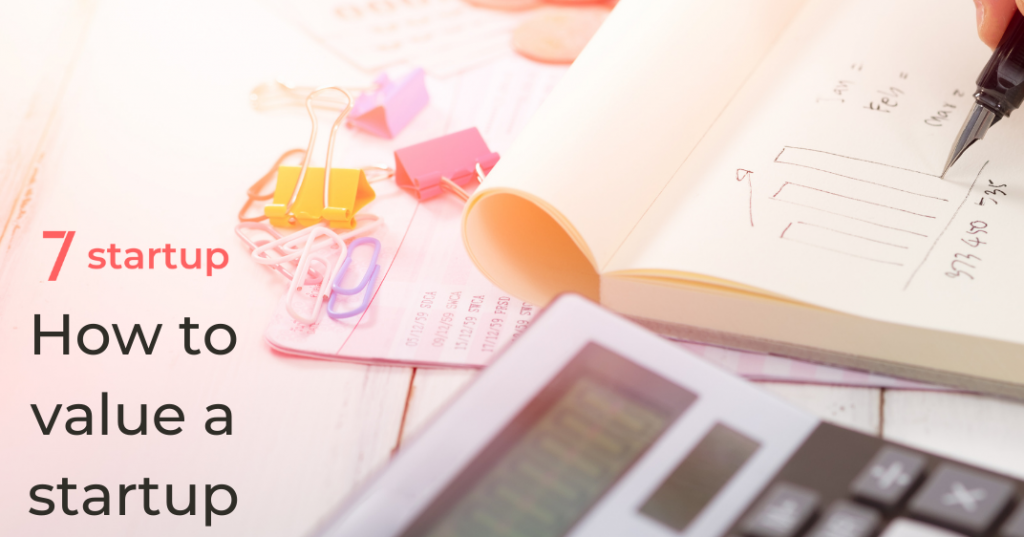 There are many important startup metrics that every startup founder should understand and measure. Here are some metrics to be aware of.
There are many important startup metrics that every startup founder should understand and measure. Here are some metrics to be aware of.
Why Are Startup Metrics Important?
The ability to run a business that isn’t yet profitable (on operational margin) is dependent on the availability of cash to finance losses, preferably at a low cost to the founders and employees. The only time one would accept losses is if they were investments in accelerating expansion.
There are a multitude of reasons for raising capital and making investments that lead to being unprofitable, some good and some not so great:
 Good
Good
- Hiring more salespeople in an organisation that has found product market fit
- Hiring engineering to expand product lines to have more products to sell
Bad
- Having bad unit economics but raising money in the hopes that it will help figure out the issues
Raising significant sums of money when you haven’t figured it out ends up covering up problems rather than assisting in the resolution of basic business concerns. It’s amazing how a lack of funds can concentrate one’s thinking.
CAC (client acquisition costs) and LTV (lifetime value) are two of the most commonly misunderstood terms used by entrepreneurs these days, and a lack of knowledge of these important components is leading to the premature failure of many businesses.
 CAC
CAC
CAC is the first input. This is the cost of acquiring a new customer. It’s usually marketing costs (if purchased online) in an eCommerce or Internet Services business, and marketing plus enterprise sales people in an enterprise software company.
The most common rookie mistake is to calculate the CAC by examining the attributable marketing expenditures of obtaining a user. So, if you paid £100 for a customer who converted as a result of a Facebook ad or a Google search ad (SEM), it isn’t your CAC.
How to Know Your CAC
Let’s imagine you have a £1,000 budget for Facebook ads and spend £100 on each one, resulting in 5 clients. If you spent nothing else in your firm to attract customers, your CAC would be £200 per customer, not £100. This is because CAC must account for all of your marketing expenses in order to accurately determine how much each consumer costs you.
If you’re spending £200 to acquire a client and want to save money, you may either try different channels to see if you can get customers for less money, or you can try to optimise your funnel through Facebook Ads to convert better. This is commonly referred to as “funnel optimisation.”
However, this does not always tell the entire story because many businesses additionally invest in public relations and other marketing operations to aid in the sales process. To calculate your “fully loaded CAC,” divide your total marketing budget, including PR, by the number of clients you’ve acquired.
 LTV
LTV
It’s simple to calculate the first-time buy value (AOV, average order value) in eCommerce, but this doesn’t inform you about the “lifetime” worth. You need to first understand repeat purchase rates, which is more difficult to understand in a startup. To perfect your LTV calculations over time, you must estimate your assumptions and test how cohorts perform.
This is likewise a difficult task with SaaS (or any recurring income business). The number of consumers (and the dollar amount of customers) who leave your firm each month is what you need to figure out. So, to calculate LTV, you must examine data cohorts over time to determine how they perform, and then make assumptions about the rest of the data set.
The measurement of revenue is a common beginner’s mistake in LTV. The correct approach to think about LTV is to conceive of it as a measure of the customer’s earnings. The rationale for this is that you’re attempting to figure out if you’re attracting clients at a low cost.
So, in the example above, if you pay £200 to recruit a customer who buys from you three times at £100 each (£300), this may appear to be a good idea. However, if your profit margin is 50%, you will only make £150 profit. As a result, you actually lost £50 on that customer. This is a simple example, but as firms get more complicated, they are more likely to commit simple accounting errors that can have severe consequences.
 Payback Period
Payback Period
LTV can make plausible assumptions that lead you to believe it’s a good idea to lose money on client acquisition. For example, you might anticipate that you’ll develop a second product line that you can promote to existing consumers. Furthermore, you might think that if you have high penetration rates, you’ll be able to layer on profit.
Remember to include “re-marketing or retention” costs in your equation if your economic argument is based on growing LTV over time or retaining recurring income streams. In this scenario, CAC alone isn’t enough to determine long-term profitability.
Rapid Expansion Thanks to Payback Periods
 When you’ve paid off your CAC, you’re in the payback period. Some businesses have multi-million dollar LTVs computed over a seven-year period (with confirmation that they keep these customers). Yet the payback period is more than 18 months. If there is readily available cash to fund the company at reasonable prices, this can be a remarkable situation. That is how rapid expansion is financed.
When you’ve paid off your CAC, you’re in the payback period. Some businesses have multi-million dollar LTVs computed over a seven-year period (with confirmation that they keep these customers). Yet the payback period is more than 18 months. If there is readily available cash to fund the company at reasonable prices, this can be a remarkable situation. That is how rapid expansion is financed.
When the venture markets slow down, money becomes scarcer, and prices begin to fall, the balance moves away from growth at all costs and toward profitability. This isn’t a hypothetical situation, and it’s not just about your firm. It’s also about how much you spend on client acquisition and how long it takes you to recoup that cost.
Conclusion
There are many firms that have raised a lot of capital but are struggling financially. This is likely because of the obsession with LTV/CAC and the laissez-faire approach toward Payback Period.
Sales growth feels wonderful and gratifying in a market that is less focused on quantitative numbers. When a market achieves sobriety, investors begin to ask more difficult questions regarding acquisition expenses. People begin to focus on payback on expenditure in a market where capital is no longer freely available and prices are constantly growing. And, of course, profitability is the ultimate goal.

Amit Khanna, 7startup Founder
Amit has 18 years of experience in the industry and an MBA. He supports entrepreneurs with every aspect of their business including concept and product development, investor presentations, and fundraising. Amit & 7startup assist startups in the pre due-diligence process and help connect them to our vast network of investors. Reach out to us today and see if we’re a fit!


 Good
Good CAC
CAC LTV
LTV Payback Period
Payback Period

